Safety is priority #1 at a Project Appleseed event – the day begins with a thorough safety briefing:
If you’re a well-trained, seasoned shooter, you’ll likely find yourself annoyed at times with the level of safety precautions taken at an Appleseed event. That’s probably a good indication they’re doing their job – many new and young shooters attend these events (it’s a popular “father and son outing”) and everyone is treated as such.
With the safety briefing out of the way, we moved right into the fundamentals of marksmanship, as performed the Project Appleseed way (I’ll elaborate on this point later). Here’s a demonstration of how they teach prone shooting:
Notice that the traditional “GI style” rifle Sling is used on this rifle, and wrapped tightly around the support arm for added stability. We spent some time practicing this method of prone shooting. Shooting with traditional iron sights out to 400 yards, you absolutely require the stability which this traditional prone shooting technique provides. Now, here’s a photo of the rifle I brought to the Project Appleseed event:
Most Project Appleseed events require a .22LR rifle, so I brought my M&P 15-22. Now my M&P 15-22 is equipped to as closely emulate the shooting experience of my AR-15’s. To this end, I even have it outfitted with the same Geissele SSA trigger and Aimpoint optics I use on my AR-15. I train around my equipment, which was selected to make me most effective with my AR-15 rifles. Which brings me to my biggest (and perhaps only) complaint with the marksmanship training provided by Project Appleseed.
When they began their prone shooting demonstration, one of the instructors made the statement that “if you’ve had some tactical style prone shooting training, this will seem very different.” That was, quite honestly, an understatement. Project Appleseed wants you to train to be able to shoot with essentially the same level of technology available during the Revolutionary War – a basic rifle, a traditional sling, and iron sights. They don’t even allow students to bring a bipod to the course. On one hand, they do this out of respect to tradition. This reverence for tradition has a certain charm and will resonate with some people. There is also, to a certain degree, some argument to be made for training to shoot in this manner. “What if you needed to make a 400 yard shot and all you had was a rifle with iron sights?” Now, all that said, I’ve spent considerable time, effort, and money selecting equipment which will make me a better rifle shooter, and training around that equipment. I did as I was asked and tried to assume the prone position which they advocate – it’s terribly uncomfortable and my Magpul sling was ill-suited for this style of shooting. To be fair, the Project Appleseed website was quite clear about wanting you to bring a GI style sling to the event – something I couldn’t fathom as to why when I signed up for the event. I had much “nicer” more expensive slings than a simple GI style sling – “why did I want to purchase an inferior GI sling for this event when I knew I wouldn’t use it?” As you can imagine, I quickly reverted to the tactical prone style of shooting that I’m most equipped, trained, and practiced with performing – which certainly didn’t endear me to the Project Appleseed instructors. They certainly want you to do things THEIR way – which is completely understandable. Now, I’m not saying that my way is right, and theirs is wrong. There’s a purpose to what their doing, and I understand that. Just be aware that if you have prior training, the Project Appleseed way of doing things may not completely dovetail with that training.
Of course, prone shooting wasn’t the only position taught in Project Appleseed. We learned seated and kneeling shooting positions:
For those who don’t understand the precision rifle shooting concept of “minute of angle” (MOA), an EXCELLENT discussion was had demonstrating the principle and how to properly calculate MOA:
We were also instructed in a standing shooting position (essentially a Weaver style), which again varied significantly from my prior training (which is more geared toward moving and shooting with a rifle). Despite my deviating from their preferred methods, I was able to perform adequately from all positions. Project Appleseed has shooter use “simulated distance” targets – our actual distance from the target was only 25 meters, but the size of the targets simulates a sight picture of a target much further away. Here’s the view from the firing line:
Here’s some examples of the targets I shot – these first two are simulated 200 yard targets. Note the size of the target relative to the .22LR bullet hole – these are darn small targets:
Here’s a simulated 400 yard target. I pulled a couple of shots to the right – need more practice! I don’t typically shoot beyond 200 yards:
Again, as much as marksmanship skill training, Project Appleseed is about tradition, history, and patriotism. During breaks and during lunch, the volunteers recanted fascinating and inspiring stories from the Revolutionary War.
Day 2 of Project Appleseed consisted of more range time, practicing the fundamentals we learned with the goal of getting a high enough score on a target to earn the coveted Project Appleseed “Rifleman” patch. Unfortunately for me, I experienced my first ever migraine headache and by noon could barely see straight, much less shoot. So I headed home early and didn’t get my Rifleman patch. But I did enjoy the time I spent in Project Appleseed. For the modest price they charge (about $80.00) it’s excellent foundational training in good rifle marksmanship – either for a beginner, or as a refresher for a more seasoned shooter. It’s also an excellent way to gain a better appreciation for our nation’s history.
If you haven’t ever attended a Project Appleseed event, you owe it to yourself to block out a weekend in your schedule and go. It’s fun, educational, and darn good marksmanship training – even if you, like myself, have had other training.

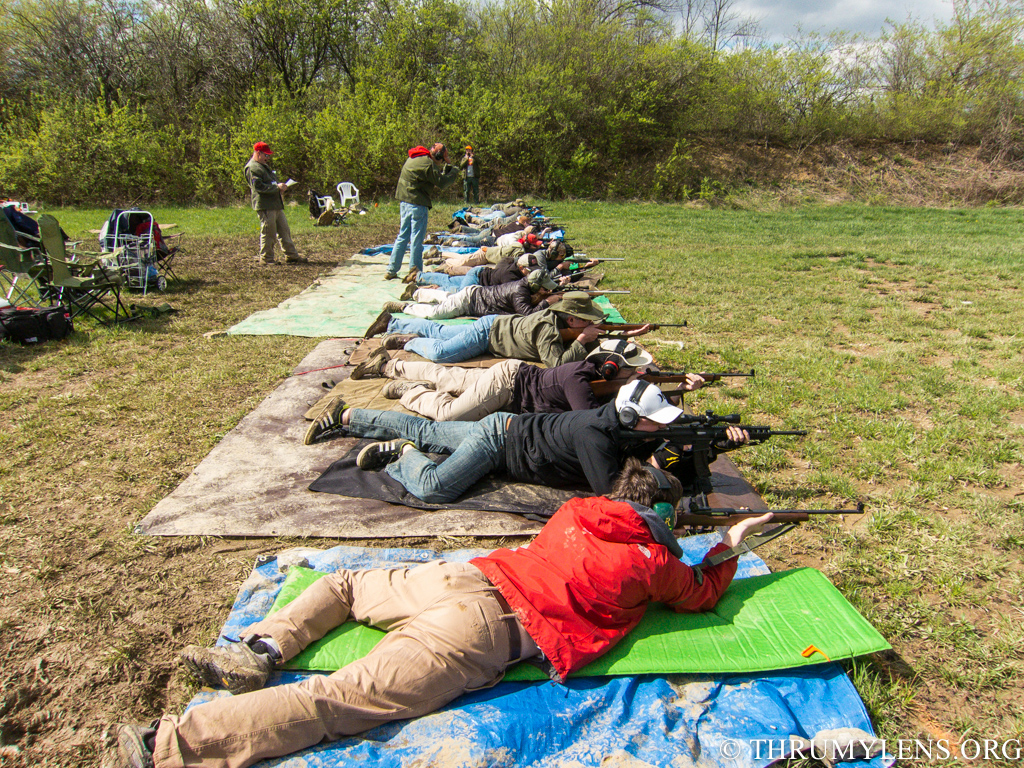
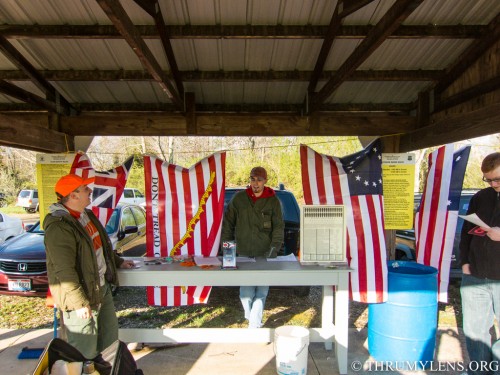
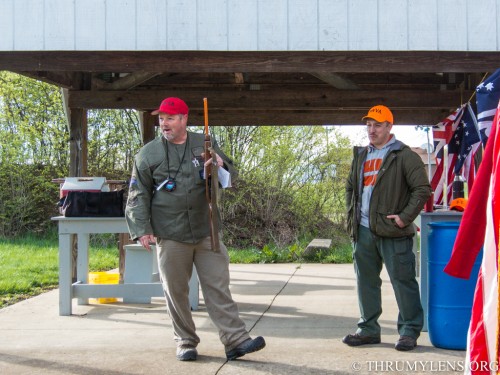
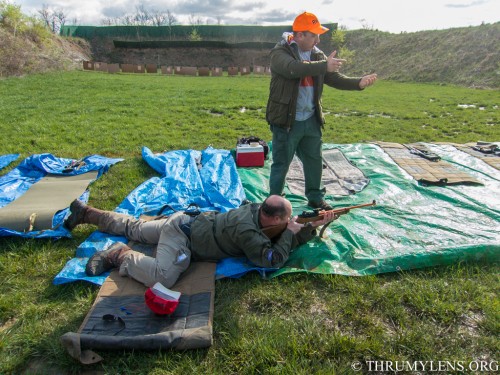
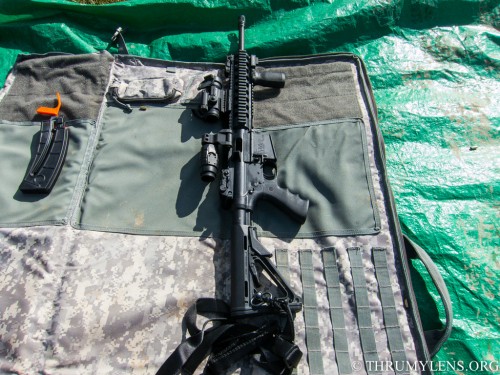
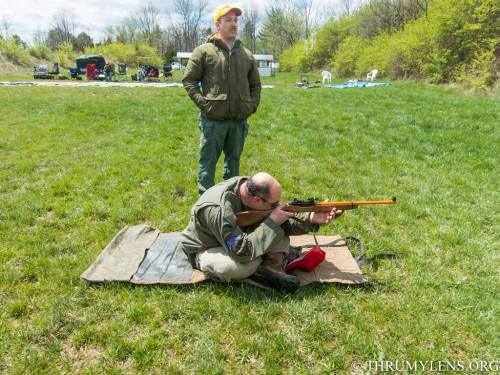
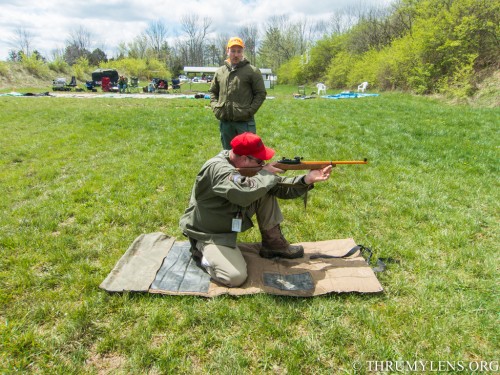
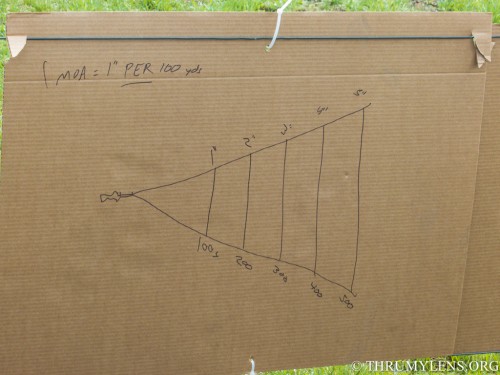
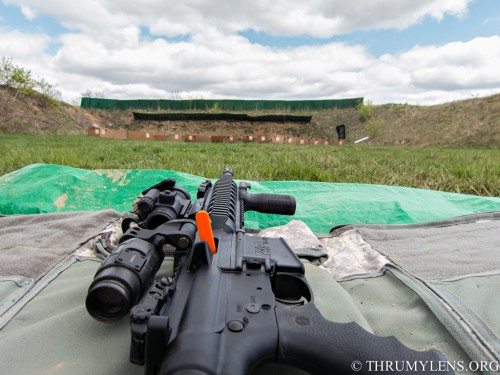
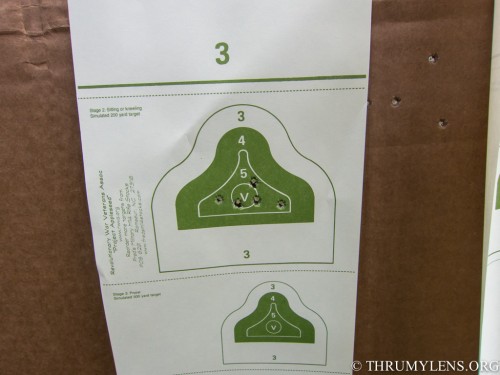
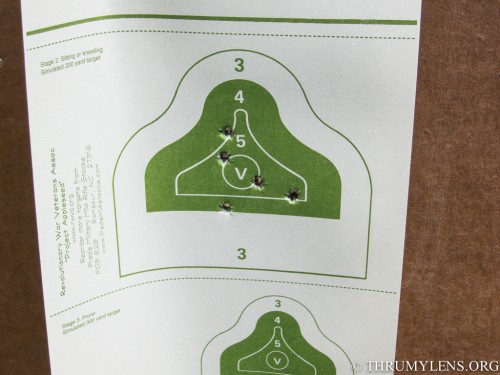
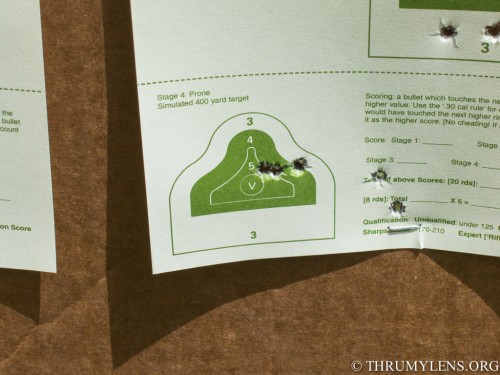
Great article! Glad you could make the event, but wish I knew you were taking pictures… would have left my Red hat on!
Sorry Mike – I thought all in attendance were made aware that I was there to do a story on Appleseed. Glad you liked the article!